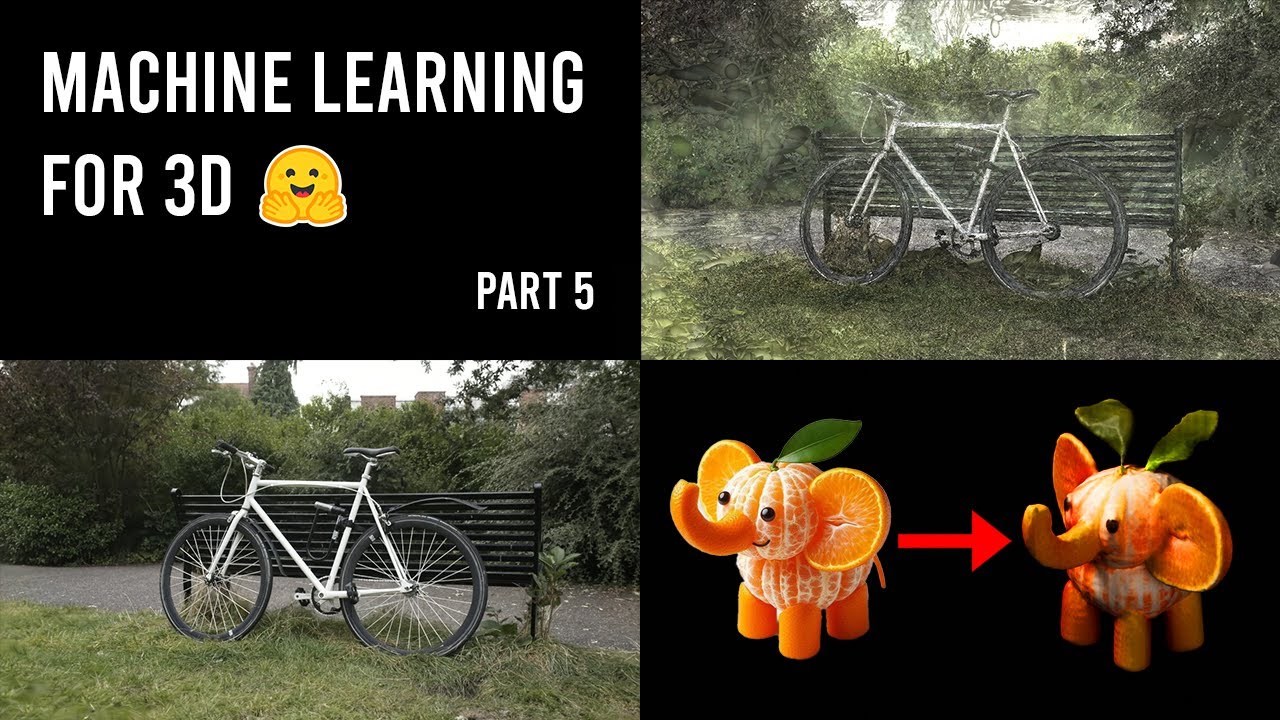The video explores the evolution of mesh generation algorithms, from traditional methods like marching cubes to advanced techniques such as Mesh R-CNN. These advancements aim to improve mesh quality by providing cleaner, low-poly alternatives and signify a significant step towards practical applications in generative 3D technology.
The video begins by discussing the traditional algorithm called marching cubes, which is used to convert volumetric representations to dense meshes. This process involves dividing the space into voxels and sampling the density at each voxel’s corners to determine whether it should be on or off. However, the resulting meshes produced by marching cubes are often rough and dense, requiring further refinement techniques like FlexiCubes to create smoother surfaces. Instant Mesh is a current state-of-the-art approach that utilizes a differentiable technique to improve mesh quality but still results in dense meshes, which may not be suitable for production applications like games.
To address the limitations of dense meshes, a recent research project called Mesh R-CNN has been developed to convert them into clean, low-poly meshes. This technique is based on training a VQ-VAE to encode dense mesh data into a discrete latent representation, followed by training an autoregressive Transformer to generate an output mesh. This method is likened to a language model but instead of generating words, it generates triangles. Mesh R-CNN offers a demo for users to try out, showcasing its potential to revolutionize mesh generation by providing clean low-poly meshes from dense inputs.
While generative 3D technology has made significant advancements, it has not yet reached a tipping point where it can be seamlessly incorporated into 3D workflows. However, the fact that these new approaches are differentiable represents a major step towards practical application. Being able to incorporate context awareness, such as mesh shape and how it may be rigged and animated, opens the door to a new generation of topology tools in the near future. This progress indicates that generative 3D technology is evolving, but still has room for growth before it becomes widely adopted in production pipelines.
In summary, the video delves into the evolution of mesh generation algorithms, highlighting the transition from traditional methods like marching cubes to more advanced techniques such as Mesh R-CNN. These advancements aim to address the challenges of producing rough and dense meshes by offering cleaner, low-poly alternatives. While generative 3D technology has not yet fully integrated into production workflows, the development of differentiable approaches signifies a significant leap towards practical applications. The video emphasizes the potential for new tools and workflows in the field of generative 3D, hinting at a promising future for mesh generation and topology tools.
